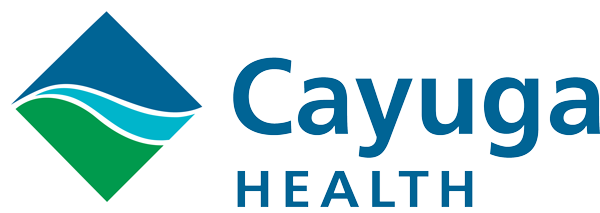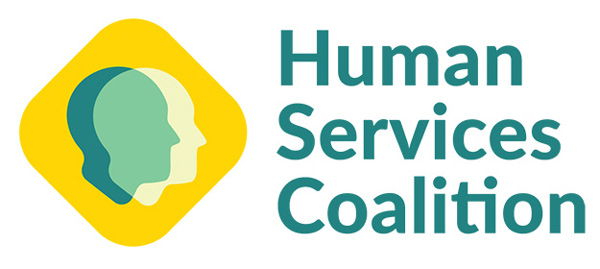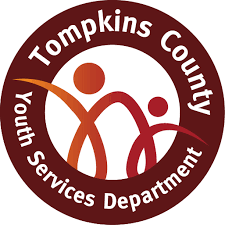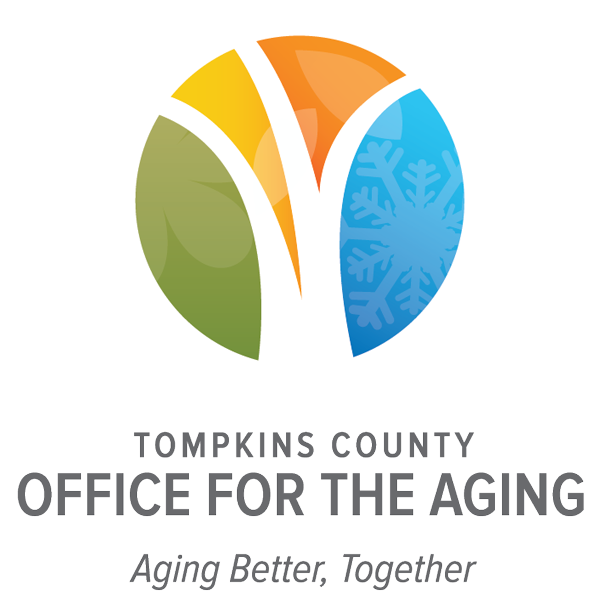Community Health Assessment & Community Health Improvement Plan, 2022–2024
Trên trang này
- Priority Areas (with links to data and graphs)
- Partners
- Tóm tắt kế hoạch
- Tải xuống
- Local Services Plan 2024-2028 for Mental Hygiene
CHƯƠNG TRÌNH DỰ PHÒNG BỆNH TẬT là kế hoạch hoạt động chi tiết của tiểu bang và địa phương nhằm cải thiện sức khỏe tổng thể cho 5 khu vực ưu tiên và giảm sự chênh lệch về sức khỏe giữa các nhóm chủng tộc, sắc tộc, người khuyết tật, người có đia vị kinh tế xã hội thấp và các cộng đồng khác gặp phải tình trạng tương tự. (Trang web Chương trình dự phòng bệnh tật của NYSDOH)
 Đánh giá sức khỏe cộng đồng (CHA) là hoạt động thu thập và trình bày các thông tin về tình trạng sức khỏe, nhu cầu chăm sóc sức khỏe cộng đồng, nguồn lực & ngân sách, và cơ sở hạ tầng dịch vụ y tế. Chương trình cũng thu thập hồ sơ nhân khẩu xã hội của từng người trong quận để định ra các nhóm dân số có nguy cơ cao về sức khỏe. CHA cũng đánh giá các yếu tố về môi trường sống của cộng đồng và mối tương quan giữa chúng với sức khỏe cá nhân. Luật y tế công cộng của tiểu bang New York yêu cầu tất cả các cơ sở y tế địa phương phải lập văn bản đánh giá sức khỏe cộng đồng.
Đánh giá sức khỏe cộng đồng (CHA) là hoạt động thu thập và trình bày các thông tin về tình trạng sức khỏe, nhu cầu chăm sóc sức khỏe cộng đồng, nguồn lực & ngân sách, và cơ sở hạ tầng dịch vụ y tế. Chương trình cũng thu thập hồ sơ nhân khẩu xã hội của từng người trong quận để định ra các nhóm dân số có nguy cơ cao về sức khỏe. CHA cũng đánh giá các yếu tố về môi trường sống của cộng đồng và mối tương quan giữa chúng với sức khỏe cá nhân. Luật y tế công cộng của tiểu bang New York yêu cầu tất cả các cơ sở y tế địa phương phải lập văn bản đánh giá sức khỏe cộng đồng.
The Community Health Improvement Plan (CHIP) is a local-level, community-informed outline for addressing the most salient Prevention Agenda Priority Areas and Focus Areas in Tompkins County.
Read the Executive Summary here.
Download PDFs here.
Các ưu tiên trong chương trình phòng ngừa bệnh tật và các trọng tâm
Tompkins County, 2022–2024
The NYS Prevention Agenda provides guidance for addressing the Priority Areas. CHIP actions are further determined as follows: Priority > Focus Area > Goals > Objectives > Intervention strategies > Process measures.
Tompkins County priorities and focus areas for the 2022-2024 CHIP are
- Prevent Chronic Disease.
- Healthy eating and food security.
- Preventive care and management.
- Promote Healthy Women, Infants, and Children.
- Perinatal and infant health.
- Cross cutting healthy women, infants, and children.
- Promote Well-being and Prevent Mental and Substance Use Disorders.
- Promote well-being.
- Prevent Mental and Substance Use Disorders.
Our Partners
Tompkins County Whole Health recognizes and extends its gratitude to the following organizations and agencies for the vital role they played in researching, organizing, and writing the 2022 CHA and CHIP. They have been true partners over a multi-year period.









Tóm tắt kế hoạch
Community Health Assessment & Community Health Improvement Plan
2022–2024
The Tompkins County Community Health Assessment and Improvement Plan is a collaborative process with a focus on promoting health equity. Health equity occurs when every person has fair and just opportunities for optimal health and well-being. The integration of mental, physical, and environmental health allows us to envision a future where every person in Tompkins County can achieve wellness. This vision captures the recent combining of the local health department (LHD) and mental health services into one organization, Tompkins County Whole Health (TCWH). TCWH looks forward to working with partners and the community in this new capacity.
The Prevention Agenda (PA), New York State’s blueprint for “the healthiest state,” includes five Priorities: Prevent Chronic Disease, Promote a Healthy and Safe Environment, Promote Healthy Women, Infants, and Children, Promote Well-Being and Prevent Mental and Substance Use Disorders, and Prevent Communicable Disease. Each priority is divided into two or more Focus Areas.
Tompkins County selected two Focus Areas in the Prevent Chronic Disease priority, two in Promote Heathy Women, Infants, and Children, and two in Promote Well-Being and Prevent Mental and Substance Use Disorders. Objectives address food security and healthy eating, gaps in cancer screening, equity of care for women and infants, and opportunities to build and strengthen well-being.
Disparities are primarily across wealth and race. Inequity is also evident in housing and access to healthcare, with the latter often due to lack of transportation options. Secondary data shows an income gap between races.
Secondary data for the CHA were primarily sourced from the U.S. Census and the NYSDOH. The DOH pulls data from a variety of sources and compiles key indicators in the PA dashboard and the NYS Community Health Indicator Reports (CHIRS). These same sources have been the references for all editions of the Tompkins CHA.
Primary data was collected directly from the community through a community wide survey in which respondents were asked to rate their own health, identify choices and challenges, and weigh in on what makes a healthy community. Over 1,500 eligible responses to the survey were completed. The results clearly demonstrate the influence that social determinants of health have on an individual’s perception of their health.
A Steering Committee was convened to review and coalesce all data, and to propose the PA priorities and Focus Areas most relevant to the Tompkins County community. The committee included representatives from County Whole Health, County Youth Services, Office for the Aging, Cayuga Health, Health Planning Council, Cornell University MPH Program, and Cornell Cooperative Extension of Tompkins County (CCE-TC).
The array of programs active in Tompkins County to address social determinants of health drive strategies that are evidence-based, promising/pilot programs, and/or programs planning an expansion to serve new constituencies. These activities are aligned with CHIP goals and objectives identified by the steering committee. Promoting chronic disease activities focus on increasing the availability of fruit and vegetable incentive programs, screening for food insecurity, removing structural barriers to cancer screening, and promoting strategies to improve detection of hypertension and prediabetes.
Well-being relates to an individual’s physical, mental, and social sense of health and satisfaction, along with the influence that social determinants have on experiences and quality of life. The CHIP outlines strategies to strengthen well-being and promote health equity, including in the home to support parents and young children in families, and support those living with a chronic disease or disability to learn and practice techniques to better manage their disease in a safe, social setting.
It takes a supportive community to build well-being, and the CHIP specifies that Mental Health First Aid (MHFA) courses be taught to an ever-widening audience throughout the county, including at workplaces in all sectors. The CHIP identifies activities to prevent and treat mental and substance use disorders, including increasing access to medication-assisted treatment, access to overdose reversal training and kits, and integrating trauma-informed approaches in training and policy.
Evaluating the impact of the goals, objectives, and interventions presented in this CHIP will take place through 2024. A steering committee will monitor short term process measures that track activities. Community partners will have access to a reporting matrix that will be updated quarterly and on an annual basis submitted to NYS.
Tải xuống
Download all sections of the 2022-2024 CHA & CHIP, and CHIP Workplan Matrix
Table of Contents and Executive Summary (PDF, 7pp)
- Population, Focus areas, Equity, Challenges (PDF, 63pp)
- Summary of Assets and Resources, Process and methods (PDF, 21pp)
- Community Health Improvement Plan (PDF, 31pp)
- Appendices & Sources (coming soon)
Tải xuống bản tường thuật đầy đủ của CHA & CHIP (PDF, 105pp, 2.5MB)
Bản thực thi CHIP
The workplan matrix is entered into an Excel spreadsheet that has been pre-formatted by the NYSDOH. The matrix columns include PA goals and objectives, evidence-based interventions selected from the Prevention Agenda, process measures, projected intervention status for 2023, and partners and collaborators.
In late 2023 the workplan matrix was updated with progress and comments as of the end of 2023.
A PDF file of the 2023 updated Workplan Matrix is here.
Local Services Plan 2024-2028 for Mental Hygiene
The Tompkins Mental Hygiene Local Services Plan for 2024-2028 was developed by a workgroup composed of the Chair of the Community Services Board, Chair and Co-Chairs of the Mental Health, Substance Use and Developmental Disabilities Subcommittees and the Director of Community Services. The workgroup solicited feedback from community members, local provider agencies, and Community Service Board and subcommittee members through a Local Services Plan Priority Needs Survey conducted in May and June 2023. A total of 106 service providers, 163 community members and 10 board and subcommittee members participated in the survey. Survey data related to mental hygiene services identified in the Community Survey completed by Public Health Services of Whole Health in July 2022 was also reviewed by the workgroup. There were 1,569 community members who participated in this survey.
Open and download the Local Services Plan 2024-2028 here.

